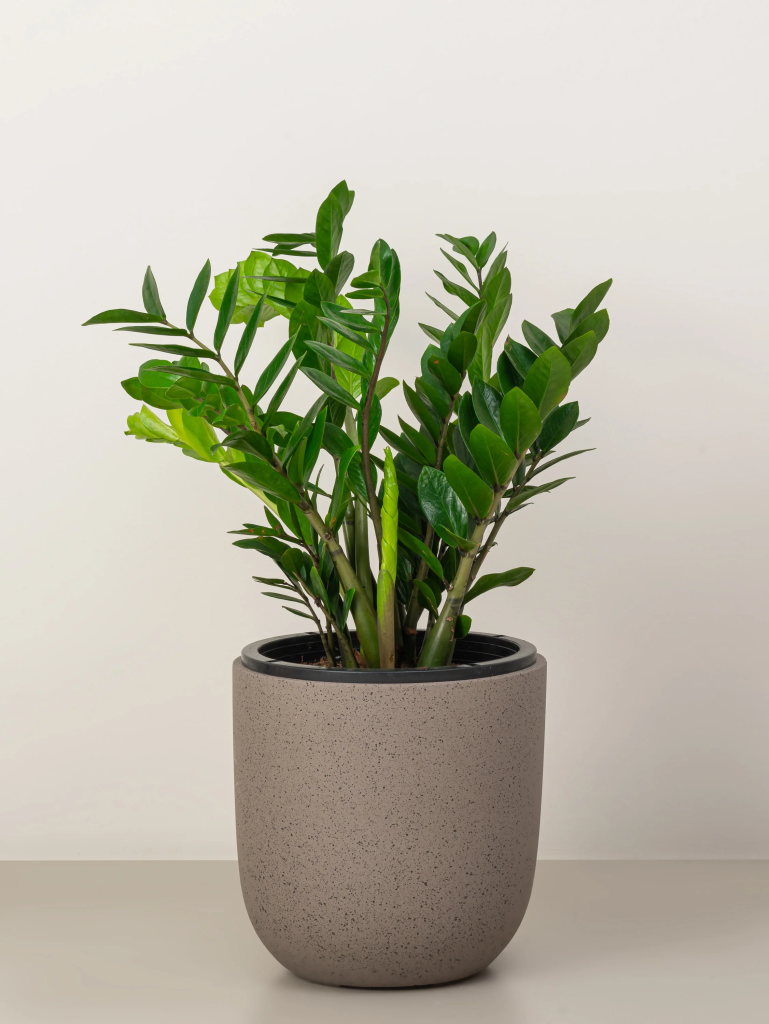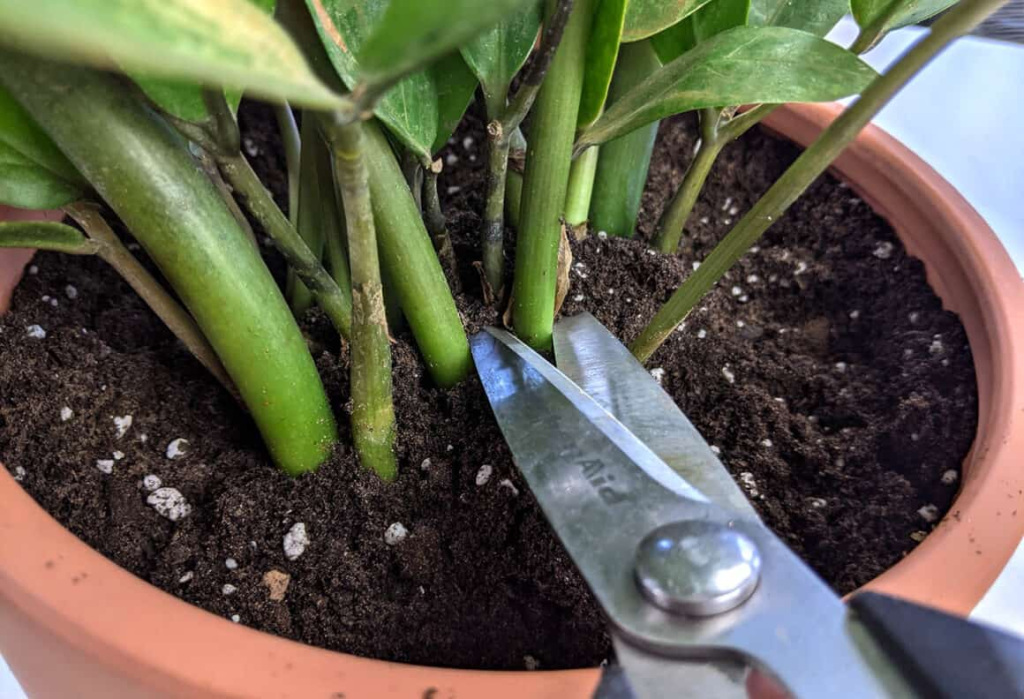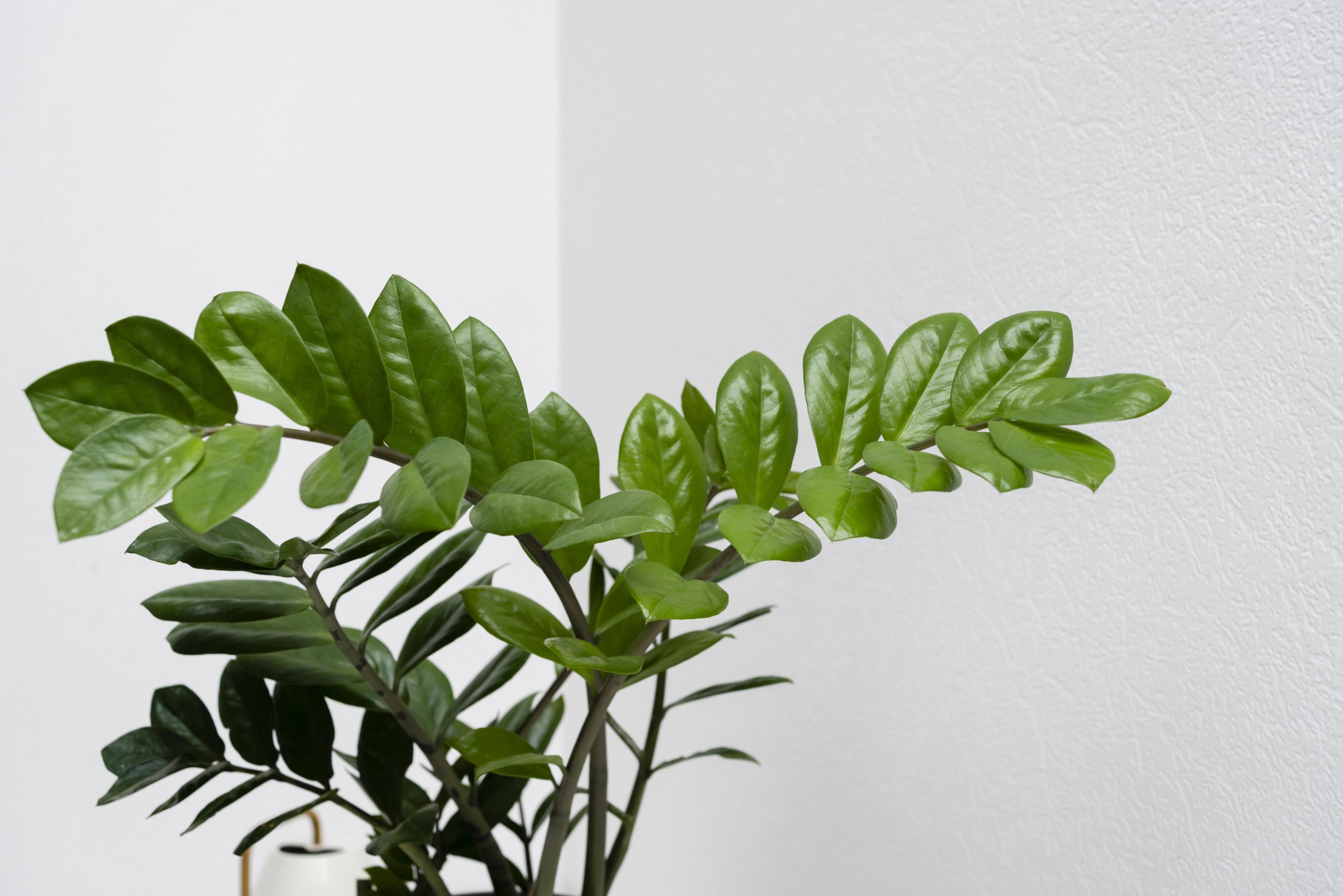Why ZZ Plant is the Perfect Plant for Busy People
Introduction
In today’s fast-paced lifestyle, finding time to care for houseplants can feel overwhelming. But that doesn’t mean you have to miss out on the joy of greenery at home. This is where the ZZ plant care indoor guide comes in handy. The ZZ plant (Zamioculcas zamiifolia) is known as the ultimate low-maintenance indoor companion—perfect for people who want lush, green décor without investing hours into plant care.

What Makes the ZZ Plant Special?
The ZZ plant is often called the “survivor plant” because it thrives even in less-than-ideal conditions. Its glossy, dark-green leaves can instantly brighten up any corner, while its tough nature makes it nearly indestructible.
- Tolerates neglect with ease.
- Grows well in low to medium light conditions.
- Requires very little watering.
When it comes to ZZ plant care indoor, the secret lies in its adaptability. It doesn’t demand daily attention, which makes it a perfect choice for busy professionals, students, or frequent travelers.
Basics of ZZ Plant Care Indoor

Here’s a quick look at the fundamental care requirements for a healthy and thriving ZZ plant:
- Light: Prefers bright, indirect light but grows well even in low-light spaces.
- Watering: Needs minimal watering—only when the top 1–2 inches of soil are dry.
- Soil: A well-draining potting mix works best.
- Temperature & Humidity: Average indoor temperatures (60–75°F) and normal humidity levels are ideal.
- Fertilizer: Feed with a diluted liquid fertilizer once or twice during the growing season (spring and summer).
By following these simple ZZ plant care indoor steps, your plant will stay healthy without requiring constant attention.
Benefits of Having a ZZ Plant Indoors

Besides being low-maintenance, the ZZ plant also offers several benefits that make it even more appealing:
- Air-Purifying Qualities
The ZZ plant is known to remove toxins like xylene and toluene from the air, making your home environment fresher and healthier. - Drought Tolerance
With its rhizome roots, the plant stores water efficiently, so you don’t have to worry if you forget to water it for weeks. - Versatile Décor
From office desks to living rooms, ZZ plants look elegant in almost any setting. Their upright growth adds a structured, modern vibe to interiors. - Longevity
With proper ZZ plant care indoor, these plants can last for years, growing slowly but steadily.
Common Mistakes to Avoid in ZZ Plant Care Indoor

Even though ZZ plants are forgiving, there are a few mistakes that can harm them:
- Overwatering: The most common issue. ZZ plants hate soggy soil, which leads to root rot.
- Poor Light Placement: While they tolerate low light, placing them in complete darkness will stunt growth.
- Wrong Soil Mix: Always ensure the soil is well-draining—avoid compact or heavy mixes.
- Ignoring Repotting: Repot every 2–3 years in spring, or refresh the soil by replacing the top layer if the plant is too big to move.
Avoiding these mistakes will keep your ZZ plant care indoor routine simple and stress-free.
Conclusion
The ZZ plant is more than just a hardy houseplant—it’s the ultimate choice for people with busy schedules. By following easy ZZ plant care indoor guidelines—watering sparingly, providing indirect light, and repotting occasionally—you’ll enjoy lush greenery year-round with minimal effort.
If you’d like to explore beautiful options, you can check out the wide collection of ZZ plants at Unlimited Greens for inspiration and references. 🌿
FAQs
Q1. How often should I water my ZZ plant?
Water only when the top 1–2 inches (2–5 cm) of soil are dry. Don’t follow a fixed calendar — check the soil with your finger or a moisture meter and water only when it’s dry. ZZ plants store water in their rhizomes and tolerate drought much better than soggy roots, so err on the side of waiting.
Q2. Can ZZ plants survive in low light?
Yes. ZZ plants tolerate low to medium light and are great for offices and corners with limited sun. However, in low light they grow slower, may become leggier, and produce smaller leaves. For fuller, faster growth, place them in bright, indirect light (avoid harsh direct sun).
Q3. Do ZZ plants need fertilizer?
Only lightly. Feed with a balanced, water-soluble fertilizer at half strength about once every 4–6 weeks during the growing season (spring and summer). Stop or reduce feeding in autumn and winter. Over-fertilizing can burn roots and do more harm than good.
Q4. Are ZZ plants safe for pets?
No — ZZ plants are mildly toxic. All parts contain calcium oxalate crystals that can cause oral irritation, drooling, vomiting, and difficulty swallowing if chewed or eaten; the sap may irritate skin. Keep the plant out of reach of pets and children; if ingestion occurs, contact your veterinarian or local poison control immediately.




Leave A Comment